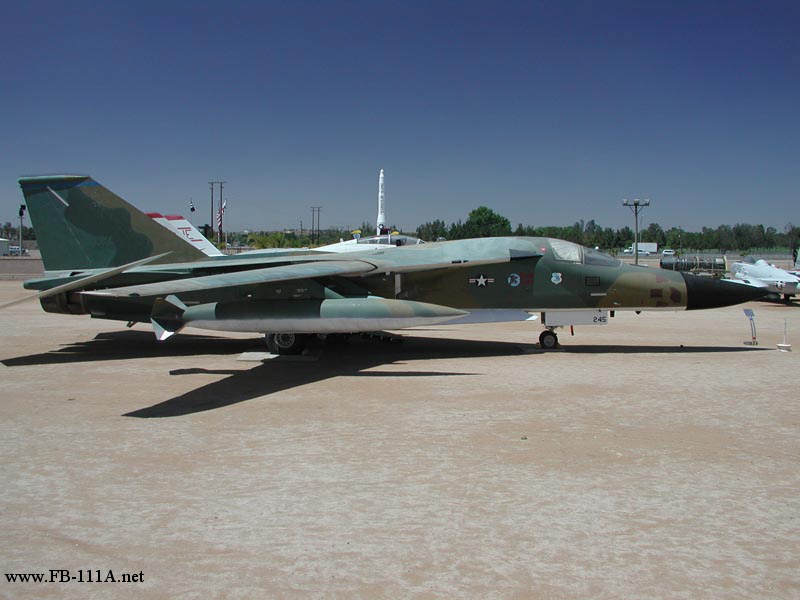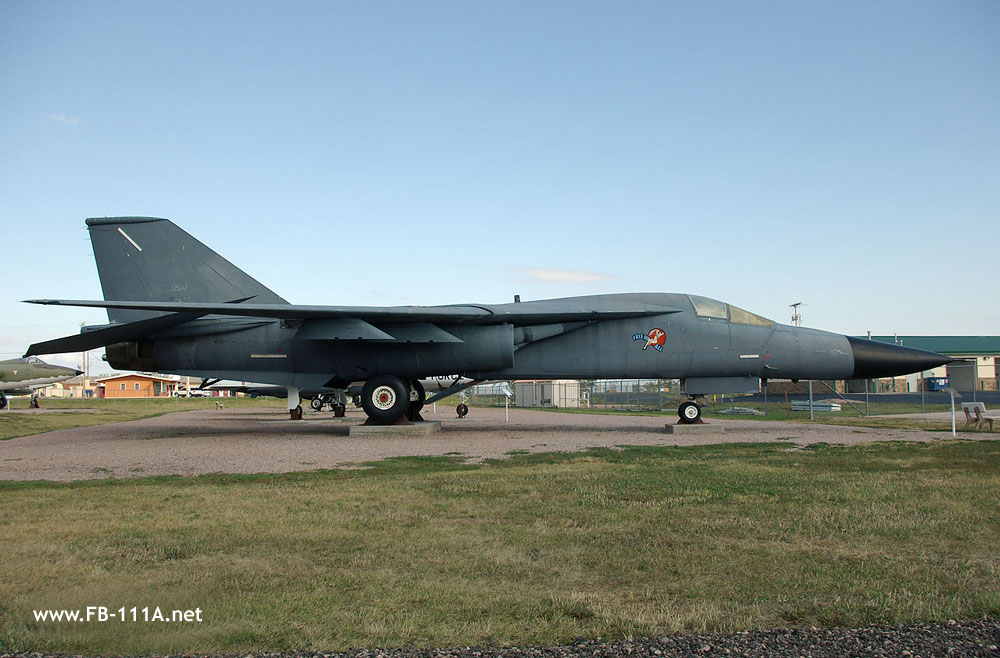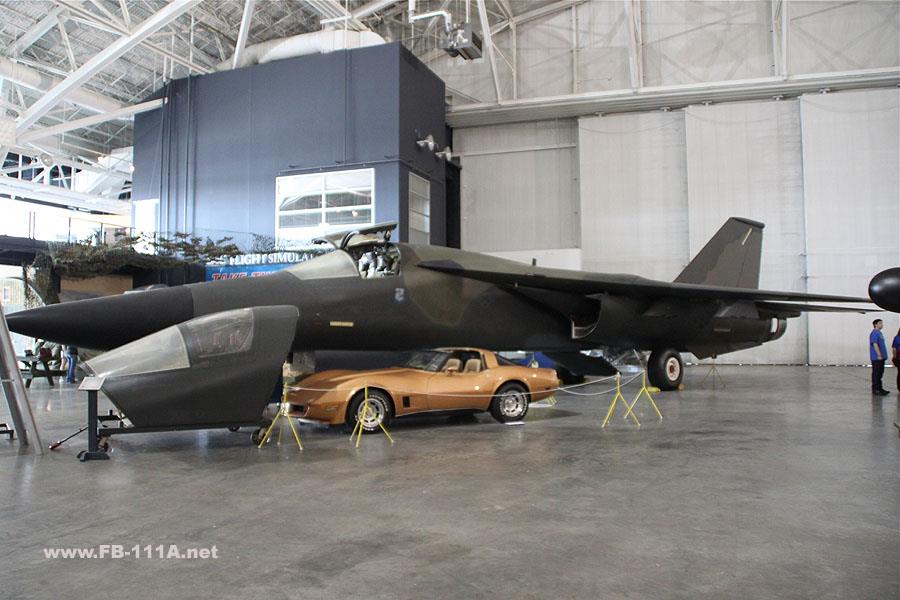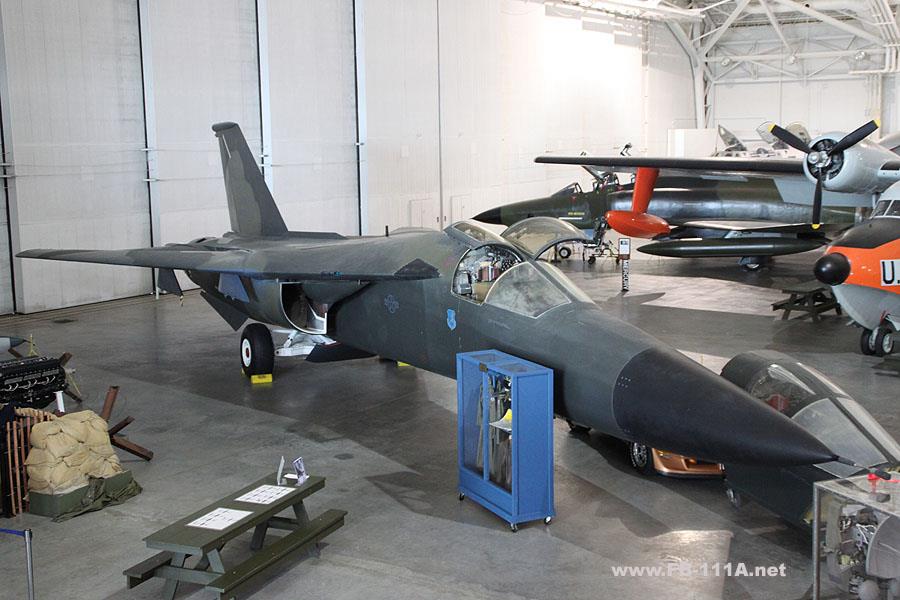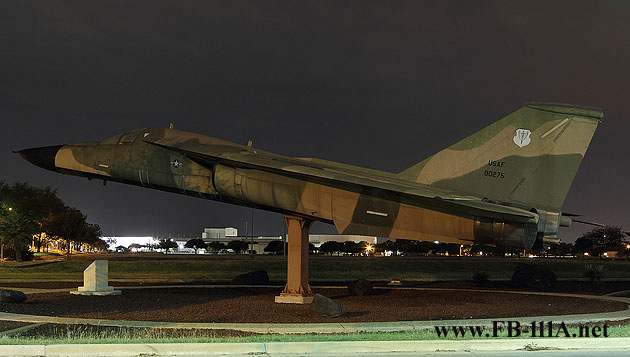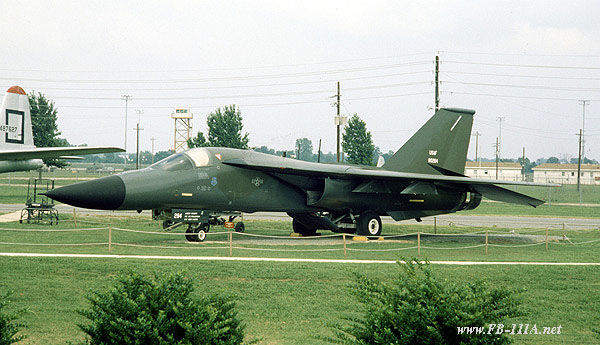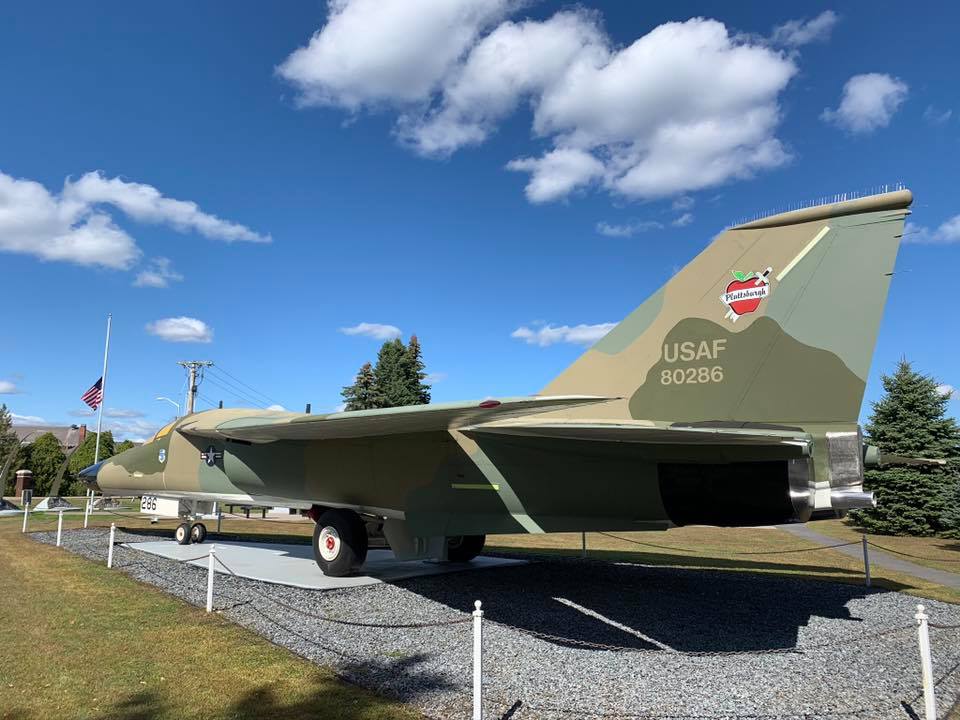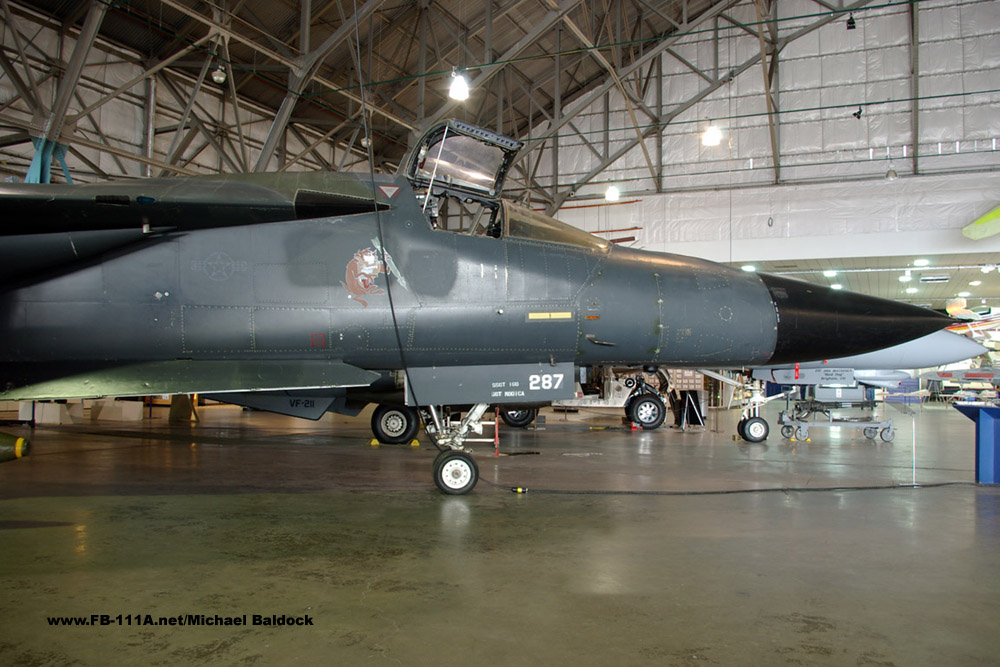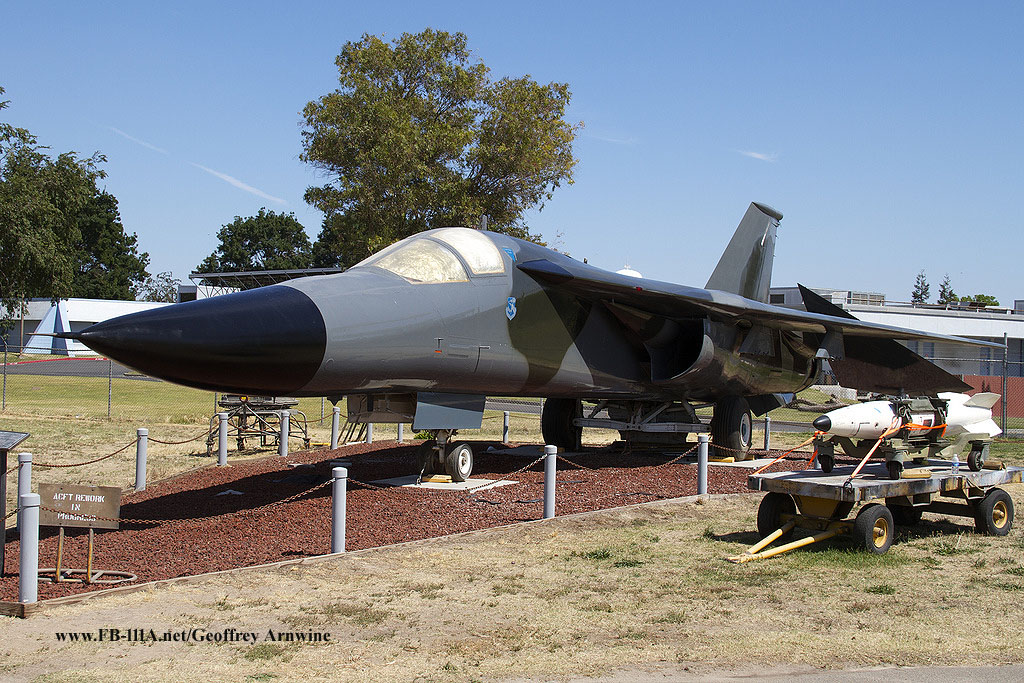Missing in action, not in hearts
Some wounds won't heal until all of the men and women who fought for this country during the Vietnam War are accounted for and brought back home. Until then, the pledge to never forget the Prisoners of War and the Missing in Action burns on. Three men at Pease AFB, NH have kept that pledge to never forget by making some permanent, visible changes to the aircraft they flew and took care of. In 1989, POW/MIA names from New Hampshire, Massachusetts and Maine were painted in the crew chief blocks of the FB-111A. 1stLt. Harold Berens, bomber branch assistant officer in charge, explained that the project started when he was talking to Capt. Robert J.Ott, instructor pilot from the 393rd Bombardment Squadron. The two officers were discussing recent POW/MIA ceremonies and parade, and how they felt good about the events that had taken place. They wanted to do their share in remembering those men so they came up with the idea of displaying the names on the FBs. Both felt it was a perfect way to say that Pease had not forgotten.The idea was to put the POW/MIA's name in the crew chief block. With two blocks on the aircraft, one on each side of the cockpit, there was room for two names. By doing that, they were able to use all Air Force names with one third of the names coming from the other services. The third men to join the project was TSgt. Willie French from the 509th FMS corrosion control shop whom was actively involved in the POW/MIA program. After researching Air Force Regulation 66-2, which outlined what can be done to a crew chief's block, they found out that changes were determined locally and they received immediate approval from Col. Orin L.Godsey, 509th Bombardment Wing commander and other appropriate officials. The blocks contained the names of the pilot, navigator, crew chief and assistant crew chiefs as well as the MIA's name.According to TSgt. French, the first block to be designed was too big and looked awkward. The second design used the size of the original block using one-half inch letters but the names could not be seen clearly. The third and final try proved to be successful. The block was made a little bigger with one inch letters and one inch spacing between lines was used. The aircraft were painted as soon as they had 'down time', which is when an airplane is grounded for maintenance or other problems. In December 1989, nine aircraft were painted with the rest of the FBs completed by early spring.One aircraft had an extra special meaning for Captain Ott and Sergeant French. Navy Cmdr.J.P.Dunn, MIA since Feb.14,1968, was one of the names painted on Captain Ott's aircraft, No 514. Commander Dunn's name had been on his bracelet since he was in high school. Commander Dunn was a Lieutenant when he was shot down over China and was given his rank in normal progression out of respect. The other name on Captain Ott's aircraft was TSgt Jack McCrary, MIA since Dec.29,1967. The name was taken from Sergeant French bracelet.
509th BMW aircraft and crew listing. Aircraft #, Pilot, POW, Navigator, POW and Crew Chief.
393rd BMS - Red Flight.
67-7193 LtCol. B.Berklund, Maj J.F. Overlock (16-08-68)
LtCol. J.Eggers, Maj.H.D.Stephenson(29/3/72) SSgt. D.Pechal
67-7196 Capt. F.Logan, Lt.D. J.Wax (20/12/65) Capt. G.Castillo, Maj. B.C.Wrye (12/8/66) Sgt. M.Cogil
68-0270 Capt. G.Barber, SPC4 Q.E. Muleaway (29/1/68) Capt. M.Ray, Capt. A.L.Page (6/8/67) SSgt. R.Bushey
68-0287 Capt. J.Olden, Capt. R.O.Ganley (24/11/69) Capt. L.Hose, Maj. G.R.Helmich (12/11/69) Sgt. D.Hickling
68-0288 Capt. M.Skinner, LtCol. S.J.Burnett (7/3/71) Lt. M.Noelte, SSgt. F.N.Badolati (29/1/66) SSgt. N.Stebbins
69-6503 Capt. A.Guillemot, Sgt. W.R.Pearson (6/4/72) Capt. J.Slavoski, SFC R.J.Sullivan (12/7/67) SSgt. T.Finch
69-6504 Capt. T.C.Blake, Lt. M.A.Avore (18/7/65) Capt. G.Schuman, SPC4 J.H.R.Brooks (13/5/69) Sgt. M.Pahel
69-6508 Capt. M.Sherman, Capt. P.E.Getchell (13/1/69) Capt. J.Harrington, SPC4 R.C.Dority (3/11/70) SSgt. M.Murphy
69-6509 Col. O.Godsey, SSgt. C.D.Alloway (7/6/70) Col. F.Schwarz, SMS. P.J.Stickney (31/5/66) Sgt. J.Pineault
69-6512 LtCol. C.Wallace, PFC B.C.Dyer (27/4/67) Maj. J.Henderson, Lt. W.L.Hall (10/6/65) Sgt. M.Koehler
69-6514 Capt. B.Ott, CDR J.P.Dunn (14/2/68) Capt. J.Atkins, Tsgt. J.McCrary (29/12/67) Sgt. J.Swain
715th BMS - Blue Flight
67-7195 Maj. D.Casey, SSgt. E.J.Darcy (29/12/67) Capt. D.Jack, Lt. J.E.Duffy (4/4/70) Sgt. M.Sampey
68-0272 Capt. J.Ciabattoni, Capt. W.S.Sanders (30/6/70) Capt. T.Sykes, TSgt.A.J.Avery (6/4/72) SSgt. E.Friedrich
68-0273 Capt. S.Chesnut, Maj. E.P.Boresik (31/5/68) Capt. T.Novak, Lt. C.L.Bifolchi (8/1/68) Sgt. W.Roberts
68-0276 Capt. C.Seibach, Capt. C.R.Churchill (3/5/70) Capt. M.Dates, Capt. R.M.Elliot (14/2/68) SSgt. B.Shafer
68-0281 LtCol. C.Rasmussen, SSgt. F.T.Garside (23/3/61) LtCol. T.Krull, Lt. R.D.Hauer (5/9/70) Sgt. T.Guilford
68-0284 Capt. K.Gentile, Capt. D.H.Holmes (15/3/66) Capt.R.Radford, Lt. L.L.Kaster (6/8/64) Sgt. G.Russell
69-6506 Capt. P.Caszatt, Maj. H.E.Mac Cann (28/3/68) Capt. P.Cannizzo, C apt.J.A.Magnusson (4/4/65) Sgt. B.Falk
69-6507 Maj. R.Ferguson, A1C K.D.Mc Kenny (15/5/65) Capt.B.Walters, MSgt. A.V.McLaughlin (20/12/72) SSgt. M.Donelli
69-6510 Capt. G.Kramlinger, Lt. J.R.Harvey (28/11/72) Capt. J.Kirk, Maj. D.M.Russell (5/12/67) Sgt. J.Bainter
69-6513 Capt. B.Naylor, LtJG. T.H.Hanley (1/1/68) Capt. S.Luxion, Pvt J.N.Huntley (27/9/69) SSgt. R.Ouelette



